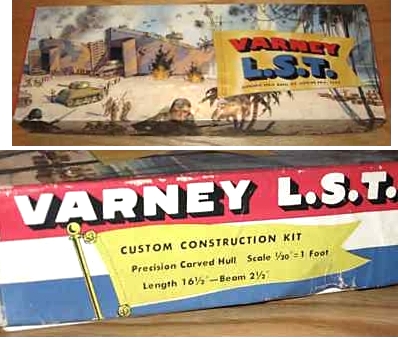By Alan Bussie Google+ profile
While researching Red Ball Ltd., I came across a unique article that had been deleted from Wikipedia. Fearing that one day the history of this famous kit line would be lost, I began research on this pioneer model manufacturer. Fortunately, the information could be verified through catalogs, model railroading magazines, and Red Ball’s previous owner, MRRW. The best news came when I was contacted by Robert Newton and Fred E. Newton, grandson and son of M. Dale Newton. They verified the accuracy of this article and added many facts to it. To them and all others, I thank you for keeping Red Ball’s history and name alive. AB
Early Red Ball Logo
As of 2010, Red Ball Ltd. has been producing craftsman model railroading kits for over 71 years. Marvel Dale Newton, known better to modelers as M. Dale Newton, founded Red Ball during the 1930s model railroading expansion. Red Ball quickly found favor with modelers thanks to high scale detail, realism and an extensive product line.
Mr. Newton was born on September 28, 1898 in Kansas. By the 1930s, he was a print shop entrepreneur in Los Angeles, California. Coincidentally, this was the time of dramatic growth in the the young scale model railroading hobby. (If you have an interest in this modeling revolution, please see the other article on this website.) Established hobby companies like Megow were successfully issuing rolling stock kits with printed cardstock sides. This type of kit was ideal for those who wanted a high quality constant scale layout but did not have the time, inclination or skills to scratch build it. It is not known if Mr. Newton was a model builder, but this probably seemed like a logical expansion to his existing business. He chose the growing HO scale and launched Red Ball Ltd. in 1939. Early catalogs list his address as 2303 Hyde Park Blvd, LA. The company was the “M. Dale Newton Company” and it appears that “Red Ball HO Trains” was the brand name of the product. The 64 page 1941 Red Ball catalog confirms production of numerous train kits but also custom decals and mailing envelopes, letterhead stationary and calling cards for model builders. Also displayed are electric motors, trackside accessories, rails, spikes, roadbed, switches, operating signals, a very large variety of ‘super detail’ parts and modeling tools. The diversity of the model and supply line after three short years in the business is astounding.
Sample pages from a rare Los Angeles-era Red Ball Catalog (click photos to enlarge)
Based on the timing, Newton did not invent HO scale but he was certainly in the Continue reading “Red Ball Ltd – Pioneer HO Kit Manufacturer Since 1939”









